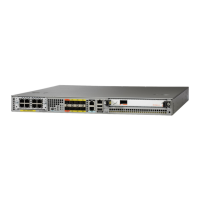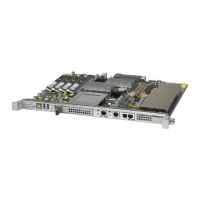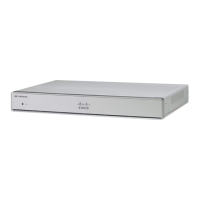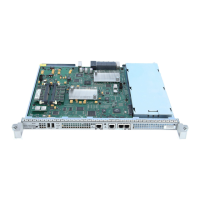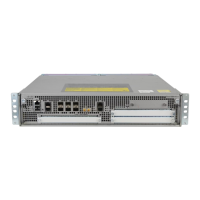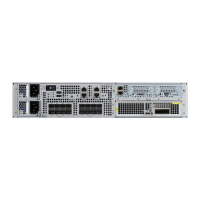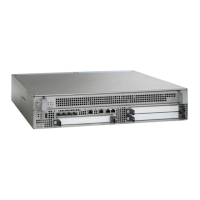CHAPTER
5-1
Cisco 10000 Series Router Software Configuration Guide
OL-2226-23
5
Configuring the Layer 2 Tunnel Protocol Access
Concentrator and Network Server
The Cisco 10000 series router supports the Layer 2 Tunnel Protocol (L2TP) to allow users and
telecommuters to connect to their corporate intranets or extranets. The Cisco 10000 series router
supports the Layer 2 access concentrator (LAC) and Managed L2TP network server features. These
features enable the Cisco 10000 series router to act as either a LAC or an LNS device.
Acting as the LAC, the Cisco 10000 router uses L2TP tunnels to forward packets to the LNS. As the
LNS, the Cisco 10000 series router terminates and routes subscriber sessions into the appropriate virtual
routing and forwarding (VRF) instance.
This chapter describes the following features:
• IP Reassembly, page 5-1
• Layer 2 Access Concentrator, page 5-2
• L2TP Network Server, page 5-22
IP Reassembly
The Cisco 10000 series router supports the IP Reassembly feature on the fastpath. This feature
reassembles fragments of IP and L2TP encapsulated packets.
The IP Reassembly feature on the fastpath reassembles IP packets that have two IPv4 non-overlapping
no-option fragments and drops two fragment overlapping fragments. The Route Processor (RP) handles
packets with options, non-IPv4 packets, and packets with three or more fragments. If input security
ACLs are configured, IP Reassembly processes the ACLs on the fragments and also on the reassembled
packet.
Intermediate routers fragments an IP datagram if the outgoing maximum transmission unit (MTU) is
lower than the packet size. The receiving host is responsible for reassembling the datagram from the
fragments. When configured as a LAC, LNS, or tunnel switch, the Cisco 10000 series router is the
receiving host for the tunneled packets. If one of the intermediate routers fragments L2TP encapsulated
packets in transit through the tunnel, the IP Reassembly feature reassembles the packets.

